
With its world-renowned expertise in the analysis of massive volumes of data, CERN has started a unique collaboration with leading market-surveillance experts to explore how particle physics could...
Added: 29th June 2023
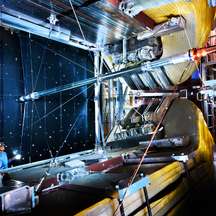
The LHCb collaboration’s new measurements of matter–antimatter asymmetry in decays of beauty particles are the most precise yet of their kind.
Added: 13th June 2023
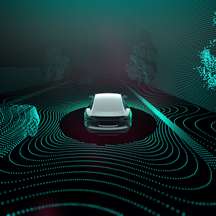
CERN and software company Zenseact wrap up a joint research project that could allow autonomous-driving cars to make faster decisions, thus helping avoid accidents.
Added: 31st May 2023
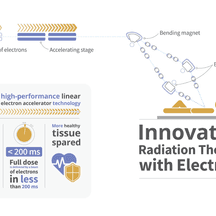
CERN, CHUV and THERYQ have signed an agreement for the development of a revolutionary FLASH radiotherapy device.
Added: Over a year ago
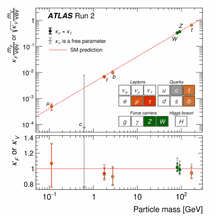
Since its discovery in 2012, the Higgs boson has become one of the most powerful tools to probe our understanding of nature and, with that, examine some of the biggest open questions in physics...
Added: Over a year ago
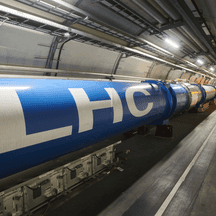
The world’s largest and most powerful particle accelerator has restarted after a break of more than three years for maintenance, consolidation and upgrade work.
Added: Over a year ago